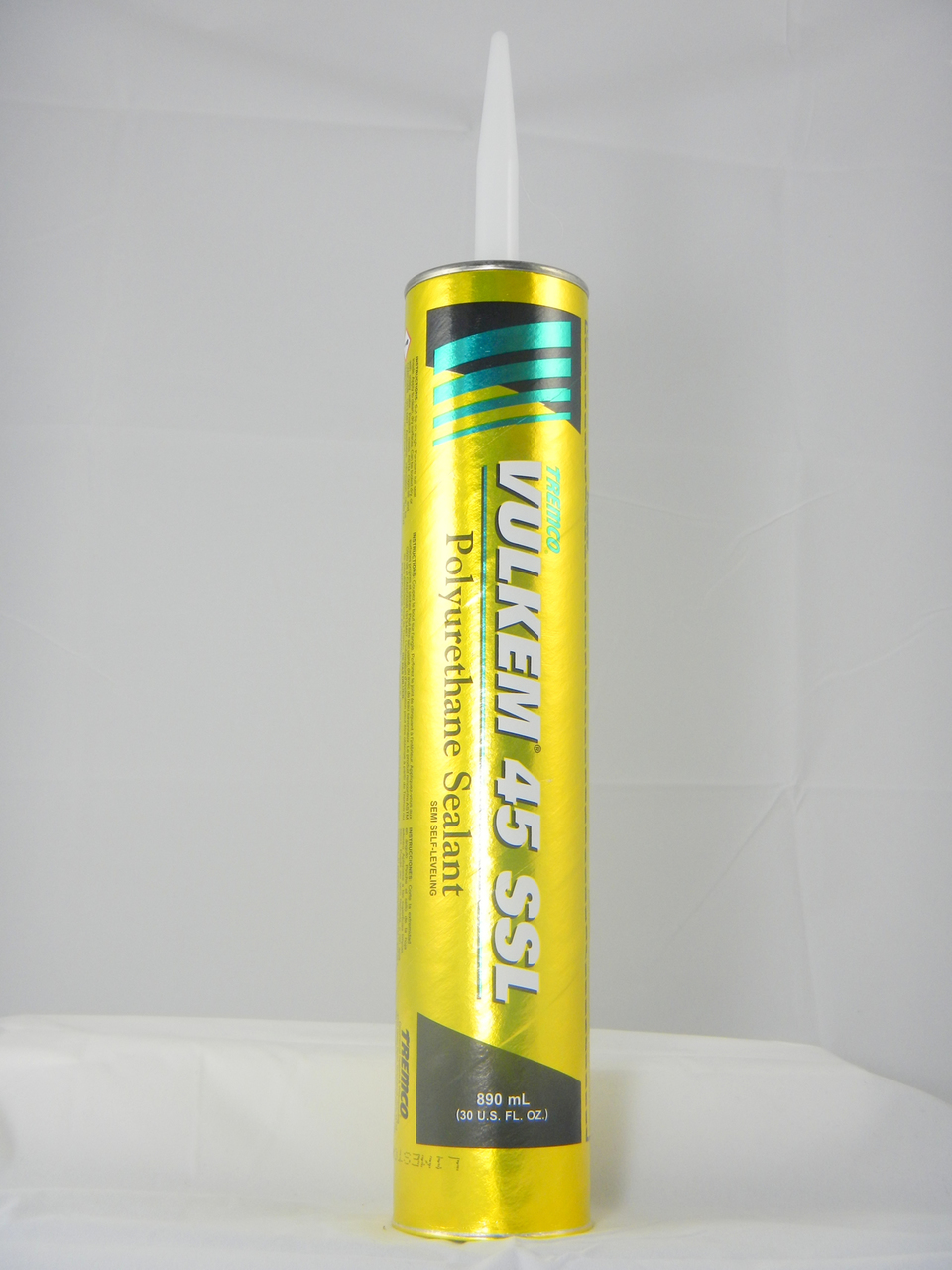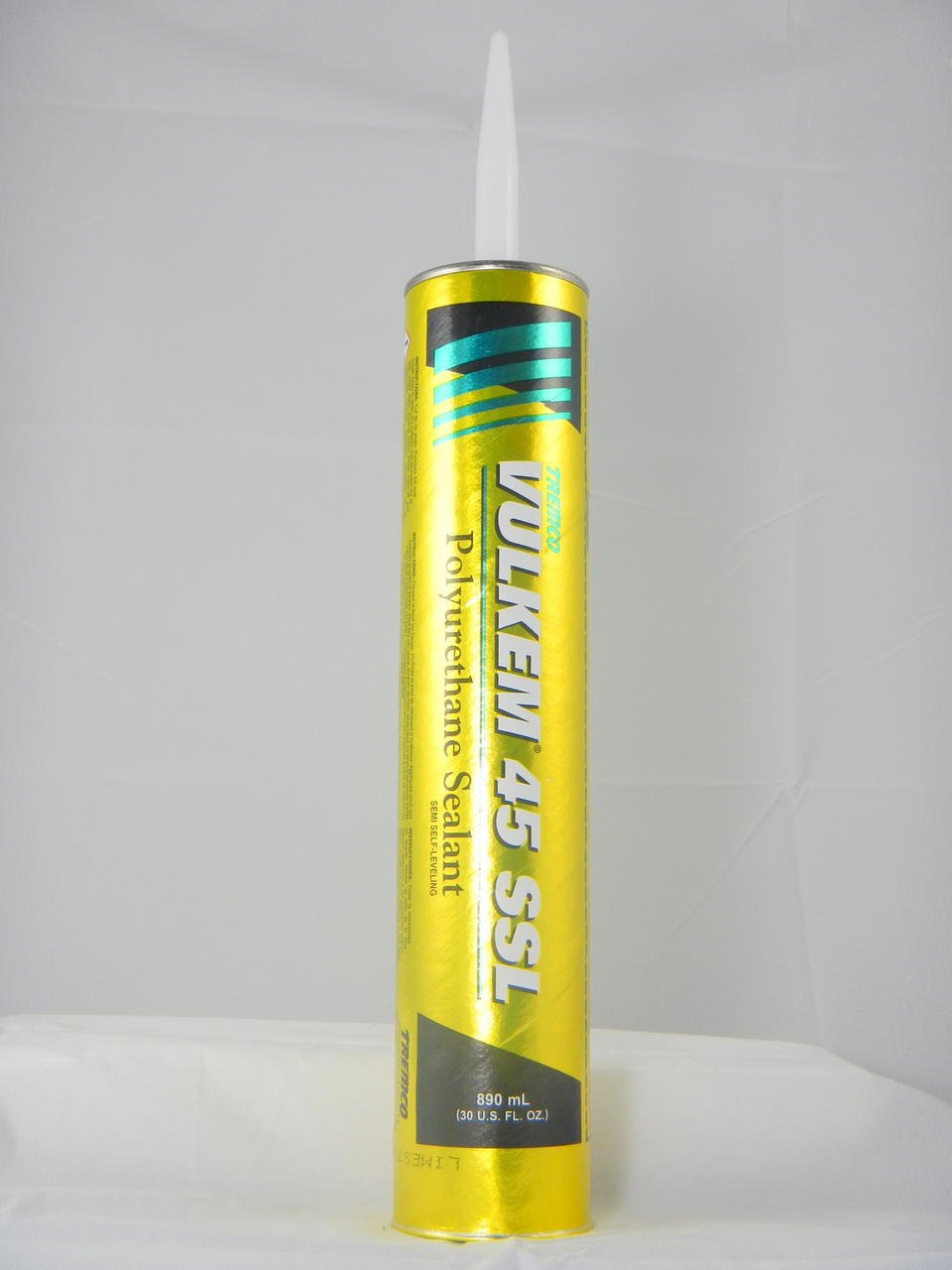Answer
Aug 11, 2022 - 10:02 AM
You mention in your question expansion joint which are typically ½ inch to one inch wide. If you have Break Joints which are typically ¼ inch wide then use our SealGreen ¼ Backer Rod.
Here is the process for your project:
1. Measure the width of the joint. It should not be more than 1-inch in with.
2. If the joint with is less than an inch you can use our SealGreen Backer Rod 1-1/8 inch. If they are bigger you may have to braid the backer rod info.
3. You only need to clean about two inches depth of the joint – (1-1/8 inches for the backer rod and ½ inch for the caulk).
4. Make sure that the backer rod fits tight in the expansion joint.
5. It does not matter if there is nothing below the backer rod if it is tight against the expansion walls. Once you lay the SealGreen 45 SSL caulk it will stay in place, because the caulk will glue to the walls of the expansion joint.
6. Once you have inserted the backer rod to leave ½ inch of the top of the concrete, seal the corners with SealGreen 116 Caulk where the backer rod meets the wall of the joint. (This means a bead both sides all along the caulk like the video below). This will ensure that your SealGreen 45 SSL self-leveling caulk will not leak into the basement.
7. Once Step 6 is complete you can start pouring the SealGreen 45 SSL caulk in the expansion joint leaving about 1/8 th inch of the top. As the caulk self-levels and becomes smooth apply the SealGreen Finishing Sand to the top of the Fresh caulk to give a finish look and protect the caulk.
8. You should also watch the video about cracks or Break Joints to address the project correctly.
9. If the surface is slopping what is the percent incline level? SealGreen 45 SSL (Semi Self Leveling) caulk.
10. Our products are fee shipping standard delivery time. If you need to expedite the delivery we do charge extra for the expedite service.
How to fix an expansion joint
How to Repair a Crack or Break Joint
Source: SealGreen Website



